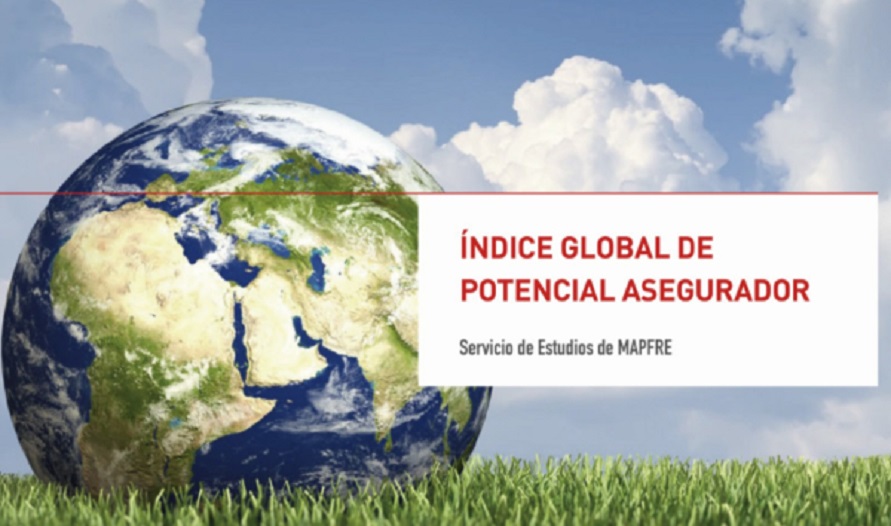admin | 26/03/2019
The insurance potential index involves the analysis of 96 insurance markets (both developed and emerging). It involves practically all insurance premiums issued globally, and will be updated and issued on an annual basis by MAPFRE Economic Research.
This morning MAPFRE Economic Research presented the MAPFRE GIP (Global Insurance Potential index), a new indicator designed to measure the global insurable space, through the creation of a metric which, for the first time at global level, summarizes the markets that present the highest insurance potential in the medium and long term.
- China leads the ranking for potential in both Life and Non-Life.
- The USA and India are among the top three positions in both lines.
- The new index will be updated on an annual basis.
The MAPFRE GIP index was presented at an event attended by the Vice Chairman of MAPFRE, Ignacio Baeza (first, from left to right in the photograph), the General Manager of Economic Research, Manuel Aguilera (third, from left to right), and the President of Unespa, Pilar González de Frutos (middle).
“The lack of extension of insurance mechanisms in society is a factor that can contribute to lower levels of economic efficiency, and lower relative levels of social well-being”, explained Baeza. It is precisely in response to this need that the report prepared by MAPFRE Economic Research and published by Fundación MAPFRE has been prepared. González de Frutos in turn outlined the relevance of the Study, explaining that, “by definition, an economy and a society that are insured are more efficiently protected against risks than those that are not.”
The composition of this indicator is based on estimates of the size of the Insurance Protection Gap (IPG) in different insurance markets. The IPG represents the difference between the insurance coverage that is economically necessary and beneficial to society and the amount of coverage which is actually acquired. The IPG is not a static concept, but changes according to the growth of a country’s economy and population, and the emergence of new risks.
7 variables which determine the conditions for convergence
The MAPFRE GIP index is composed of 7 variables which determine the conditions for convergence or closure of the insurance gap:
– Initial insurance gap
– Penetration (insurance premiums/GDP)
– Elasticity of insurance demand to the cycle
– Relative GDP per capita
– Size of the population
– Population growth gap
– GDP growth gap
As explained by Aguilera, the MAPFRE GIP index “identifies not only the factors that dictate the dynamic of the insurance gap’s generation in these markets, but also considers the absorption capacity of the insurance gap in each market”.
Based on these elements, the MAPFRE GIP ranking has been presented on the basis of the latest available data, corresponding to 2017 (the publication of the 2018 ranking is planned in the coming months). These are the countries which occupy the top positions in the Life and Non-Life sector:







